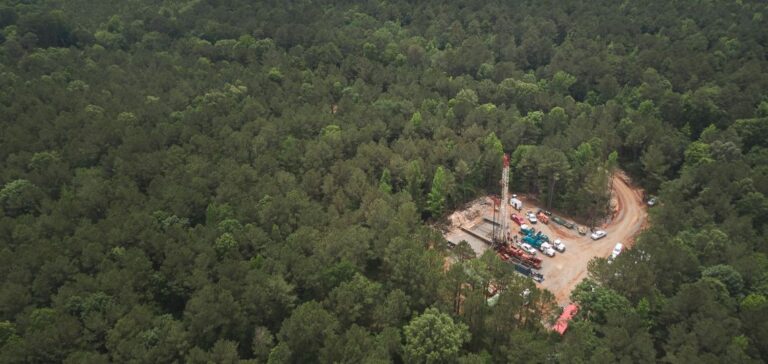Launch of the Smackover Lithium Project
On January 30, 2025, Standard Lithium Ltd. and Equinor revealed that the official name of their joint venture would be Smackover Lithium. This new entity will focus on the development of direct lithium extraction (DLE) projects in the Smackover Basin, located in Southwest Arkansas and East Texas. This project is a key step for both companies, who aim to tap into the vast lithium resources in the region to support the global energy transition.
The Smackover Project: A Milestone for the Industry
The Smackover Basin is recognized for its abundance of natural resources, and the region has been a major site for American energy production. The Smackover Lithium project is particularly notable as it aims to be one of the world’s first large-scale commercial DLE facilities. Located in Lafayette and Columbia counties, the project has the potential to revolutionize lithium supply by utilizing more direct and efficient production methods.
David Park, CEO of Standard Lithium, emphasized that “Smackover Lithium is a natural fit for this joint venture, given the prolific resource of the Smackover formation and our joint commitment to contributing to the incredible legacy of American energy production from this region.”
A Strengthened Partnership for the Future of Lithium
The collaboration between Standard Lithium and Equinor was formalized in May 2024. Since then, the two companies have worked hand in hand to advance DLE projects in this strategic region. As the new brand, Smackover Lithium will emphasize local economic development while creating educational and workforce opportunities for the surrounding communities.
Allie Kennedy Thurmond, Vice President of US Lithium at Equinor, expressed excitement about the partnership, stating, “We are excited to be part of Smackover Lithium, developing critical mineral projects in the Smackover Basin and contributing to the next generation of lithium development.”






















